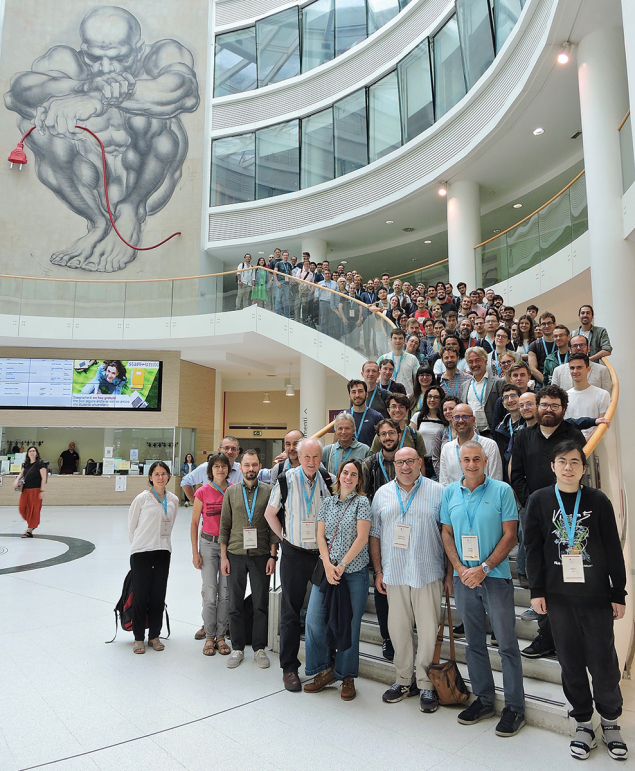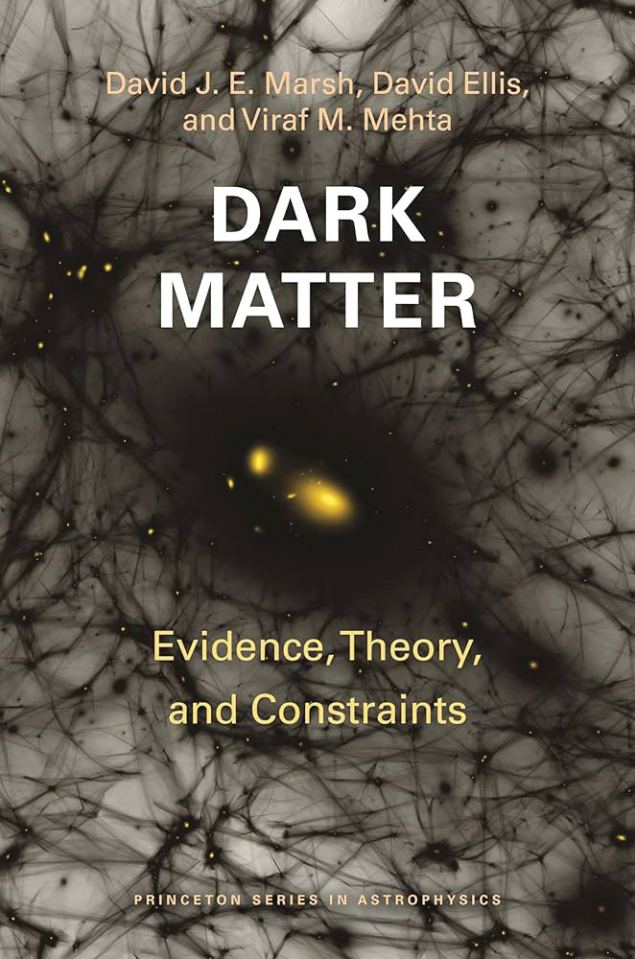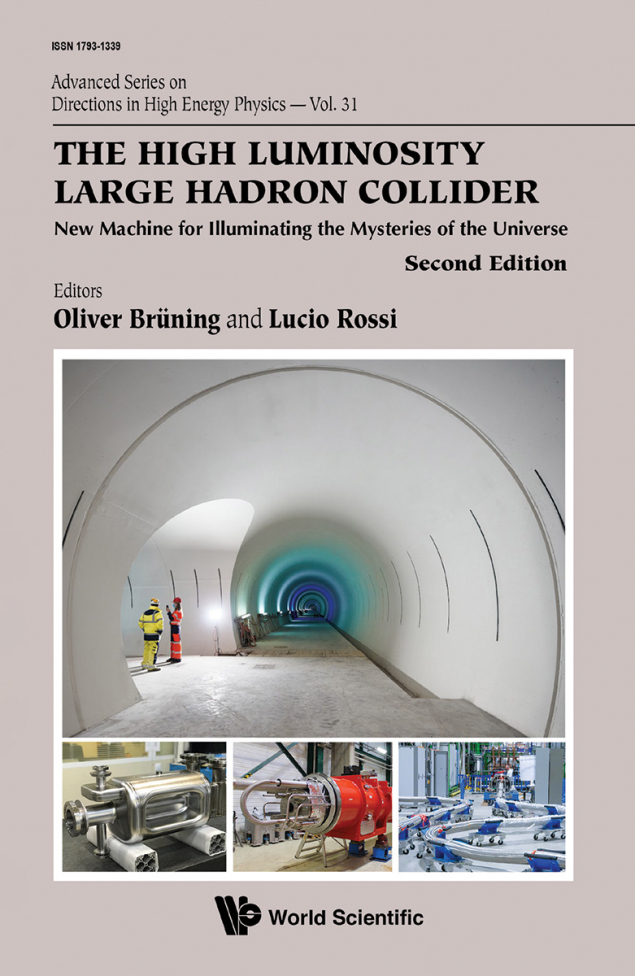On 4 August 2024, the great physicist Tsung-Dao Lee (also known as T D Lee) passed away at his home in San Francisco, aged 97.
Born in 1926 to an intellectual family in Shanghai, Lee’s education was disrupted several times by the war against Japan. He neither completed high school nor graduated from university. In 1943, however, he took the national entrance exam and, with outstanding scores, was admitted to the chemical engineering department of Zhejiang University. He then transferred to the physics department of Southwest Associated University, a temporary setup during the war for Peking, Tsinghua and Nankai universities. In the autumn of 1946, under the recommendation of Ta-You Wu, Lee went to study at the University of Chicago under the supervision of Enrico Fermi, earning his PhD in June 1950.
From 1950 to 1953 Lee conducted research at the University of Chicago, the University of California, Berkeley and the Institute for Advanced Study, located in Princeton. During this period, he made significant contributions to particle physics, statistical mechanics, field theory, astrophysics, condensed-matter physics and turbulence theory, demonstrating a wide range of interests and deep insights in several frontiers of physics. In a 1952 paper on turbulence, for example, Lee pointed out the significant difference between fluid dynamics in two-dimensional and three-dimensional spaces, namely, there is no turbulence in two dimensions. This finding provided essential conditions for John von Neumann’s model, which used supercomputers to simulate weather.
Profound impact
During this period, Lee and Chen-Ning Yang collaborated on two foundational works in statistical physics concerning phase transitions, discovering the famous “unit circle theorem” on lattice gases, which had a profound impact on statistical mechanics and phase-transition theory.
Between 1952 and 1953, during a visit to the University of Illinois at Urbana-Champaign, Lee was inspired by discussions with John Bardeen (winner, with Leon Neil Cooper and John Robert Schrieffer, of the 1972 Nobel Prize in Physics for developing the first successful microscopic theory of superconductivity). Lee applied field-theory methods to study the motion of slow electrons in polar crystals, pioneering the use of field theory to investigate condensed matter systems. According to Schrieffer, Lee’s work directly influenced the development of their “BCS” theory of superconductivity.
In 1953, after taking an assistant professor position at Columbia University, Lee proposed a renormalisable field-theory model, widely known as the “Lee Model,” which had a substantial impact on the study of renormalisation in quantum field theory.
On 1 October 1956, Lee and Yang’s theory of parity non-conservation in weak interactions was published in Physical Review. It was quickly confirmed by the experiments of Chien-Shiung Wu and others, earning Lee and Yang the 1957 Nobel Prize in Physics – one of the fastest recognitions in the history of the Nobel Prize. The discovery of parity violation significantly challenged the established understanding of fundamental physical laws and directly led to the establishment of the universal V–A theory of weak interactions in 1958. It also laid the groundwork for the unified theory of weak and electromagnetic interactions developed a decade later.
In 1957, Lee, Oehme and Yang extended symmetry studies to combined charge–parity (CP) transformations. The CP non-conservation discovered in neutral K-meson decays in 1964 validated the importance of Lee and his colleagues’ theoretical work, as well as the later establishment of CP violation theories. The same year, Lee was appointed the Fermi Professor of Physics at Columbia.
In the 1970s, Lee published papers exploring the origins of CP violation, suggesting that it might stem from spontaneous symmetry breaking in the vacuum and predicting several significant phenomenological consequences. In 1974, Lee and G C Wick investigated whether spontaneously broken symmetries in the vacuum could be partially restored under certain conditions. They found that heavy-ion collisions could achieve this restoration and produce observable effects. This work pioneered the study of the quantum chromodynamics (QCD) vacuum, phase transitions and quark–gluon plasma. It also laid the theoretical and experimental foundation for relativistic heavy-ion collision physics.
From 1982, Lee devoted significant efforts to solving non-perturbative QCD using lattice-QCD methods. Together with Norman Christ and Fred Friedberg, he developed stochastic lattice field theory and promoted first-principle lattice simulations on supercomputers, greatly advancing lattice QCD research.
Immense respect
In 2011 Lee retired as a professor emeritus from Columbia at the age of 85. In China, he enjoyed immense respect, not only for being the first Chinese scientist (with Chen-Ning Yang) to win a Nobel Prize, but also for enhancing the level of science and education in China and promoting the Sino-American collaboration in high-energy physics. This led to the establishment and successful construction of China’s first major high-energy physics facility, the Beijing Electron–Positron Collider (BEPC). At the beginning of this century, Lee supported and personally helped the upgrade of BEPC, the Daya Bay reactor neutrino experiment and others. In addition, he initiated, promoted and executed the China–US Physics Examination and Application plan, the National Natural Science Foundation of China, and the postdoctoral system in China.
Tsung-Dao Lee’s contributions to an extraordinarily wide range of fields profoundly shaped humanity’s understanding of the basic laws of the universe.





